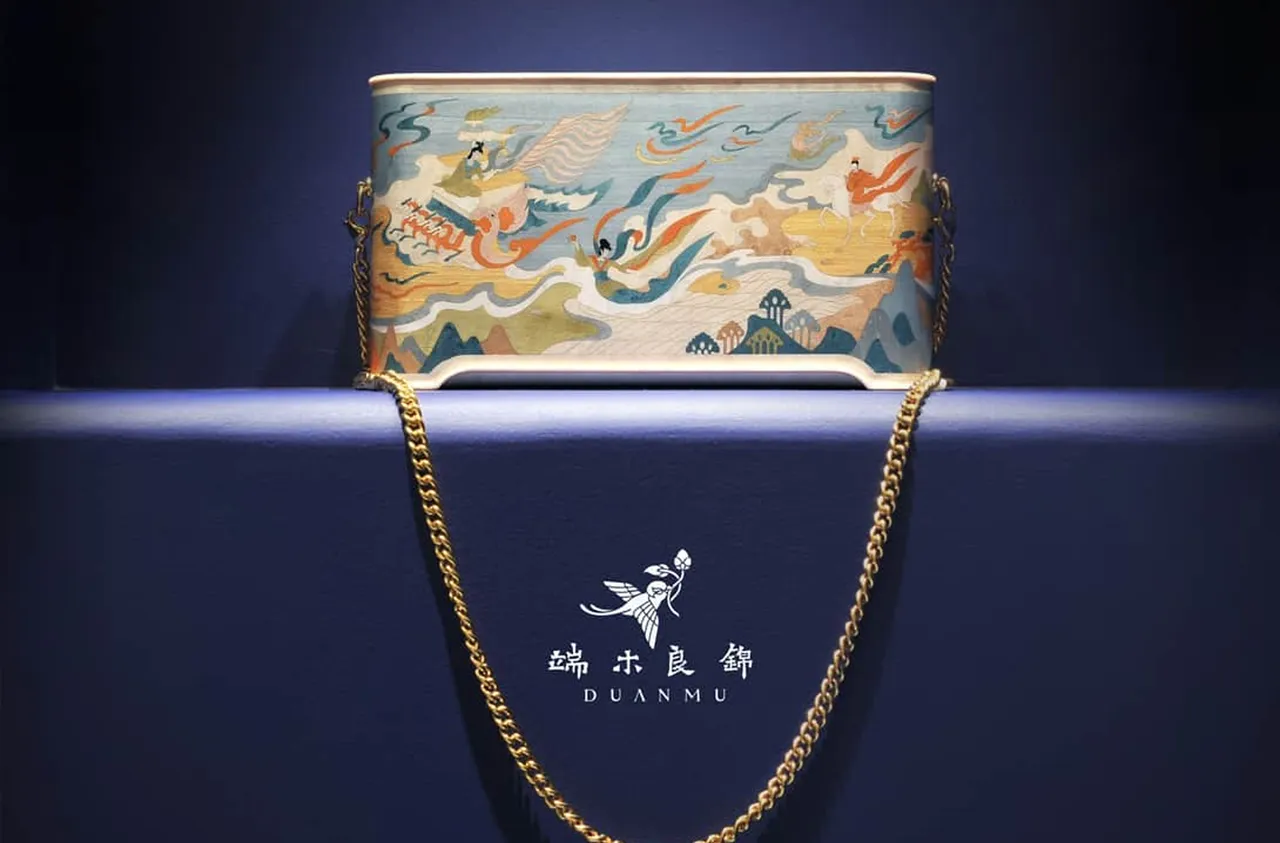Survey Insights: Understanding Familiarity and Adoption of Metaverse and NFTs
Context
Our Customer Insights team utilized our Evaluator database to conduct an online survey that aimed to gather insights on the Metaverse from 688 respondents across China, Japan, the US, and France. The survey delved into their current familiarity and understanding of the Metaverse, as well as concerns around privacy and safety and the potential for retail, gaming, and socializing within the Metaverse.
The survey results were obtained from a diverse sample of respondents, with Japan having 166 participants, China with 222, the US with 112, and France with 118. The survey respondents had varying age profiles, with 38% aged between 18-35 and 62% aged 36 or above. In terms of gender, the survey had a higher representation of females, with 71% compared to 29% male.
The survey was conducted in November 2022, and the data obtained from the respondents was used to provide valuable insights into how individuals perceive the Metaverse. By gathering data on various aspects such as privacy concerns, gaming potential, and retail possibilities, our Customer Insights team was able to provide a comprehensive report that can aid premium and luxury brands in better understanding their target customers’ expectations and preferences, and seize untapped potential regarding the Metaverse.
Familiarity and Understanding Need to be Pushed Through Education and Adoption
There is still relatively little familiarity with the concept of the Metaverse (39%). Even among those who are familiar, there seems to be some hesitation in engaging in it. Of the 39% that stated they were familiar with the concept, 8% engaged in the Metaverse, 21% were considering it, and 10% said they would not. Engagement and familiarity vary by gender and age. Those identifying as men under 35 are more interested and knowledgeable about it.
The first obstacle is education. Brands need to ensure that customers are fully aware of what the Metaverse is, as many view it as a highly abstract concept beyond their grasp. Designing easily understandable campaigns that remove ambiguity is, therefore, a must.
Concerns Around Privacy and Safety Need to be Addressed
Among those with knowledge of the Metaverse, the attitude towards it is roughly split between skepticism and enthusiasm. 50% see it as a positive enhancement, individually speaking and for society. Even so, 43% still see it as a potential threat to themselves and society, most notably due to safety and privacy issues. When launching Metaverse experiences, brands must build safeguards into the customer journey to address these privacy and safety sensitivities.
There is Potential for Retail, Further to Gaming and Socializing
For current Metaverse users, gaming and socializing are most popular, especially among younger generations. Would-be users also see themselves participating in retail activities (62%) in addition to socializing (69%) and gaming (63%). High interest in retail activities is particularly true for women and people under 35. What stands out is that Metaverse novices who are open to future engagement are very curious about retail activities. This is why this group should be considered for targeted marketing campaigns.
A Way into the Metaverse: NFTs
Currently, participation in the metaverse often goes hand in hand with engagement or intended engagement with NFTs, predominantly as art (collection and trading), for gaming purposes, and as part of a loyalty program. Respondents also highlighted the potential of NFTs as luxury and fashion items.
Brands can use NFTs as an easy entry-level tool that educates and bring awareness around the Metaverse. NFTs should be marketed not merely as collectors or trading items but as valuable virtual products that are part of an ecosystem of a merged virtual and physical world. Ultimately, as Metaverse ecosystems develop and become more user-friendly, users should feel comfortable engaging without necessarily having to purchase an NFT first. As the saying goes, if you build it, they will come!


